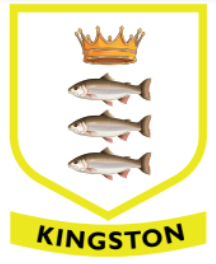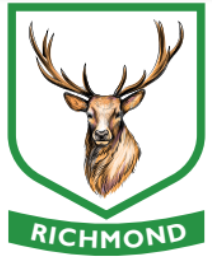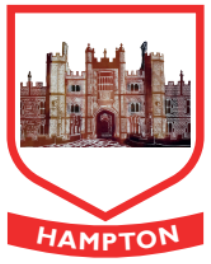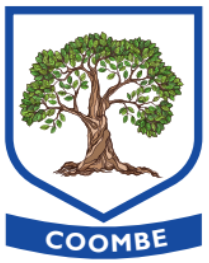School Houses
We have four houses at Fern Hill: Kingston, Richmond, Hampton, Coombe.
Every pupil and member of staff belongs to one of the houses. Throughout the year, we run several whole school inter-house competitions.

In Anglo-Saxon times, Kingston was part of King Edward the Confessor’s farmland. He had three fisheries on the River Thames here hence the crown and three fish on the Royal Borough of Kingston upon Thames coat of arms.
The fish are salmon and the three fisheries are mentioned in the Domesday book. Keep your eyes peeled and you’ll see them all over Kingston's town centre!
 Richmond Park, originally a Royal hunting ground, is home to around 345 Red deer and 315 Fallow deer. Brought by Charles I in the 17th Century, the deer have roamed freely in the park for more than 350 years.
Richmond Park, originally a Royal hunting ground, is home to around 345 Red deer and 315 Fallow deer. Brought by Charles I in the 17th Century, the deer have roamed freely in the park for more than 350 years.
The park covers an area of 2,500 acres and has protected status as an important habitat wildlife. It is a National Nature Reserve, London's largest Site of Special Scientific Interest and a European Special Area of Conservation.
 Hampton Court Palace was the home of Henry VIII. The original Tudor palace was begun by Cardinal Wolsey in the early 16th century, but it soon attracted the attention of Henry VIII, who housed all his six wives there.
Hampton Court Palace was the home of Henry VIII. The original Tudor palace was begun by Cardinal Wolsey in the early 16th century, but it soon attracted the attention of Henry VIII, who housed all his six wives there.
When William III and Mary II (1689-1702) took the throne in 1689, they commissioned Sir Christopher Wren to build an elegant new baroque palace. Queen Victoria opened the palace to the public in 1838.
 Coombe is a historic neighbourhood in the Royal Borough of Kingston upon Thames and appears in the Domesday Book of 1086 as Cumbe.
Coombe is a historic neighbourhood in the Royal Borough of Kingston upon Thames and appears in the Domesday Book of 1086 as Cumbe.
Coombe Warren was a wild woodland on the ridge known as Coombe Hill. It was used for hunting and public fairs and the favoured haunt of the legendary Coombe Wood Highwayman, Jerry Abershaw.



 Inspiration
Inspiration 